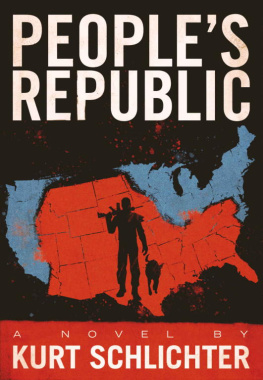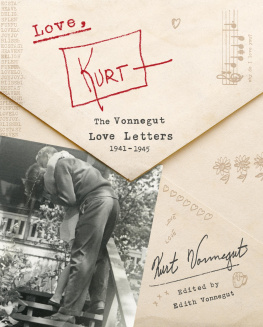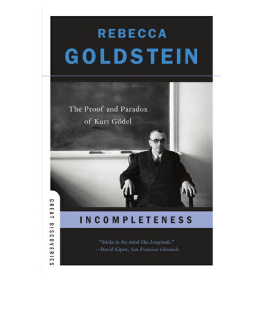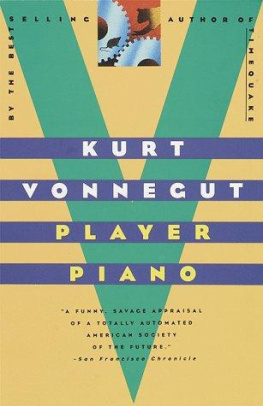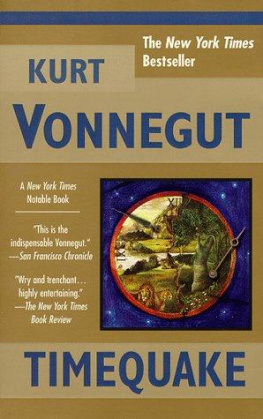Kurt C. Schlichting - Grand Central Terminal
Here you can read online Kurt C. Schlichting - Grand Central Terminal full text of the book (entire story) in english for free. Download pdf and epub, get meaning, cover and reviews about this ebook. year: 2001, publisher: Johns Hopkins University Press, genre: Romance novel. Description of the work, (preface) as well as reviews are available. Best literature library LitArk.com created for fans of good reading and offers a wide selection of genres:
Romance novel
Science fiction
Adventure
Detective
Science
History
Home and family
Prose
Art
Politics
Computer
Non-fiction
Religion
Business
Children
Humor
Choose a favorite category and find really read worthwhile books. Enjoy immersion in the world of imagination, feel the emotions of the characters or learn something new for yourself, make an fascinating discovery.

- Book:Grand Central Terminal
- Author:
- Publisher:Johns Hopkins University Press
- Genre:
- Year:2001
- Rating:4 / 5
- Favourites:Add to favourites
- Your mark:
- 80
- 1
- 2
- 3
- 4
- 5
Grand Central Terminal: summary, description and annotation
We offer to read an annotation, description, summary or preface (depends on what the author of the book "Grand Central Terminal" wrote himself). If you haven't found the necessary information about the book — write in the comments, we will try to find it.
Grand Central Terminal — read online for free the complete book (whole text) full work
Below is the text of the book, divided by pages. System saving the place of the last page read, allows you to conveniently read the book "Grand Central Terminal" online for free, without having to search again every time where you left off. Put a bookmark, and you can go to the page where you finished reading at any time.
Font size:
Interval:
Bookmark:
GRAND CENTRAL TERMINAL
Railroads, Engineering, and Architecture in New York City
KURT C. SCHLICHTING

This book has been brought to publication with the generous assistance of the Alfred P. Sloan Foundation.
2001 The Johns Hopkins University Press
All rights reserved. Published 2001
Printed in the United States of America on acid-free paper
9 8 7 6 5 4 3 2 1
The Johns Hopkins University Press
2715 North Charles Street
Baltimore, Maryland 21218-4363
www.press.jhu.edu
Library of Congress Cataloging-in-Publication Data
Schlichting, Kurt C.
Grand central terminal : railroads, engineering, and architecture in New York City / Kurt C. Schlichting.
p. cm.
Includes bibliographical references and index.
ISBN 0-8018-6510-7 (hardcover)
1. Grand Central Terminal (New York, N.Y.)History. 2. Railroad terminalsNew York (State)New YorkHistory. 3. Railroad terminalsConservation and restorationNew York (State)New York. I. Title.
TF302.N7 S35 2001
385.314097471dc21 00-008641
A catalog record for this book is available from the British Library.
Frontispiece: Grand Central Terminal from 42nd Street.
Endpapers: Architect Whitney Warrens annotated drawing of the front facade in his design for Grand Central Terminal.
TO
George C. Schlichting | John Q. Murphy |
Bernice OConnell Schlichting Dunn | Kathleen Gray Murphy |
William Dunn |
Kerry Murphy Schlichting
Kara Murphy Schlichting
The story of my connection to Grand Central Terminal in New York begins at a very tender age, with fond memories of train trips to New York with a grandmother who worked as a clerk for the New York, New Haven, and Hartford Railroad. Naturally, the trip to New York ended majestically at Grand Central. Holding hands, we ventured across the floor of the Grand Concourse, engulfed by the hurry of New York. I clutched her hand tighter for fear of becoming parted and being carried away by the dashing crowd. When I became a little older, highlights of each summer in the mid-1950s were trips with my grandfather to Grand Central and then on to the Lexington Avenue subway to the Bronx and the Mecca for all ten-year-old boysYankee Stadium. My grandfather and I always stopped for lunch at Volks, a German restaurant close to Grand Central; the restaurant is long gone, a victim of the relentless development pressures in the area around 42nd Street.
For young people growing up in Fairfield County, a rite of passage became a trip alone, not with grandparents or parents but with friends, to the city, as everyone referred to New York. Viewing ourselves as quite sophisticated, we sauntered through Grand Central and then out onto the magical streets of New York. We might venture to a museum or, as we got older, to McSorelys to test our proof, but as the day wore on we returned to Grand Central and the embrace of our commuter train for the trip home.
My true coming-of-age occurred when I moved to New York for graduate school at NYU. Grand Central remained the nexus for visits home or to friends who still lived in the distant suburbs. My first teaching position, at Queens College, involved the subway to Grand Central and then down to the Flushing line for the trip to Flushing in Queens and the bus to the campus.
This book began with research for a scholarly paper on social change in New York City at the turn of the century, including the construction of the new Grand Central Terminal, opened in 1913. A number of my sources cited the papers of William J. Wilgus in the manuscript collection of the New York Public Library. Examining the Wilgus papers, I realized what a treasure they represented. Wilgus, the chief engineer of the New York Central Railroad at the turn of the century, was a meticulous documenter. The papers recording his ideas for and work on Grand Central fill carton after carton. Here, in great detail, was the record of the creation of the magnificent terminal complex on 42nd Street. Several journal articles followed, but I also realized that the story of the construction of the Grand Central complex that we see today waited to be recounted. Wilguss notes and private records detail the complex engineering involved and also the human drama behind the creation of one of New Yorks masterpieces. The Wilgus papers led me to the New York Public Librarys vast collection of the records of the New York Central Railroad and its brief successor, the ill-fated Penn Central. Two other pioneering electrical engineers, Frank Sprague and Bion Arnold, also left substantial collections of materials to the library, and these resources proved invaluable as well.
The story of the creation of Grand Central brings together a number of important themes of New Yorks history: the forces for urban change, powerful individuals, brilliant engineers, and the dynamic influence of technology on history. Without the successful introduction of electricity to power the trains to 42nd Street, the building of the new terminal and an accompanying two-story underground train yard stretching many city blocks to the north would have been impossible. Grand Central, more than any other building complex in New York, captures the vibrant energy of the city and represents American drive and genius at its best.
The effort to write this book involved the assistance of many people and institutions. Only with their help and encouragement was I able to complete the project.
The papers of William J. Wilgus, part of the manuscript collection of the New York Public Library, served as a major resource. Melanie Yules, senior archivist at the library, provided priceless support. Despite repeated requests for just one more box from the collection, she always maintained a smile, even as closing time approached. At the end of a long afternoon, as I prepared to leave the Manuscript Room, she asked in passing, Have you looked at the secret file about the Woodlawn wreck, in box 7? This led to Wilguss private records concerning a disastrous wreck in the Bronx which occurred just as the new electric engines entered service. Ms. Yules also assisted with the New York Central Railroad materials as well as with the Frank Sprague and Bion Arnold archives. I owe the New York Public Library gratitude for its unceasing efforts to maintain its superb resources. The recent restoration of the main reading room makes a day at the libary that much more rewarding.
The librarians and staff at the Fairfield University library also deserve my thanks. They patiently processed scores of interlibrary loan requests for journal articles from the turn of the century and before. No matter the number of requests, the staff always worked diligently to track down each journal or newspaper reference.
A number of research trips included visits to the Schenectady Museum in Schenectady, New York, which has a valuable collection of historical materials from the General Electric Company, which played a major role in the Grand Central electrification. John Andersons assistance made my time there productive, and he helped select photos from the museums collection. The librarians at the Pierpont Morgan Library in New York guided me through the syndicate books of J. P. Morgan and Company, who financed construction of the terminal.
The curators in the Library of Congress Prints and Photographs Division facilitated my locating photographs from the librarys extensive collection recording the passage of American history. Mary Ison responded patiently to questions regarding permission to publish from the librarys collection, and Kathryn Engstrom of the Geography and Map Division assisted in selecting the historic Sanborn insurance maps of the Grand Central area. Holly Hinmus at the New-York Historical Society served as a key resource in obtaining copies of the societys recently acquired photos of Grand Centrals construction.
Next pageFont size:
Interval:
Bookmark:
Similar books «Grand Central Terminal»
Look at similar books to Grand Central Terminal. We have selected literature similar in name and meaning in the hope of providing readers with more options to find new, interesting, not yet read works.
Discussion, reviews of the book Grand Central Terminal and just readers' own opinions. Leave your comments, write what you think about the work, its meaning or the main characters. Specify what exactly you liked and what you didn't like, and why you think so.

